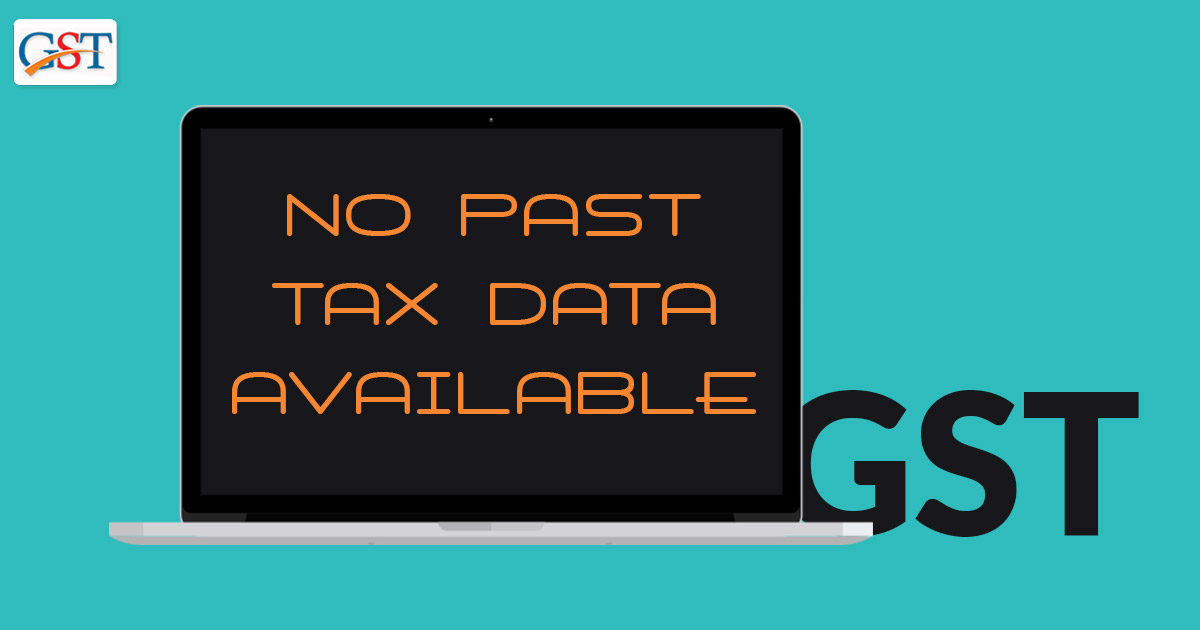It has been two months since Goods and Services Tax Regime (GST) was implemented in the country and comes up with the new headache. The new tax regime has replaced a dozen of central and state levies such as Value Added Tax, service and excise tax into one common levy. The new tax regime has made inter- period tax collections complex as compared to previous tax regime.
Since 2014 India has transformed to a Gross- Value Added (GVA) based accounting system for GDP and national accounts. GDP called as Gross Domestic Product can be defined as the total goods and services produced in the country whereas GVA can be calculated by deducting taxes from GDP. GVA helps to calculate changes in the total value by knowing the investment in production.
The previous tax regime (value added tax) revamped due to the implementation of Goods and Services Tax (GST) Regime, but presently it seems that GST has led to increase in taxes due to which the central statistics office (CSO) will have to depend on comparative figures to calculate the GDP over the next four quarters.
Officials, who did not want to disclose their names told Moneycontrol that the GDP growth rate figures over the coming four quarters starting from July to September 2017 might go through some major modifications, once the national accounts gets updated, resolving the issue of actual tax collection numbers.
The government is expecting that the GST collection data will be available smoothly from October onwards, once the return filing issues are solved. To compare the growth of the country after the implementation of GST statisticians still have to depend on estimations, until and unless full year indirect tax collection data is not available.
It is expected that statisticians should be able to include exact tax collection data from January-March 2017 quarter, it will still have to depend on approximate numbers to compare growth unless and until tax collection data for the entire year is available. The government is expecting that the new tax regime will be increased Tax to GDP Ratio by 12 percent over coming two years by 2020.
Indirect tax collections can either increase or decrease GDP growth. In the views of CSO, Indias GDP growth was 7.1% in the year 2016-17 whereas GVA increased by 6.6 percent in the year 2016-17 which indicates that expansion is slower than that suggested by GDP numbers in the headlines.
Due to slower GVA growth rate as compared to estimated GDP in the year 2016-17, decrease in investment and consumption caused due to currency recall in the month of November-December 2016, did not come into limelight. As compared to GVA, higher GDP growth was predicted due to higher indirect tax collections in the year 2016-17.
Traders or producers can reduce tax already paid on inputs under the input tax credit system in GST, which might further complicate the GDP comparisons in the coming quarters. Although, ITC (Input Tax Credit) facility was also available in the previous tax regime, its scope has now enhanced in the new tax regime.
Recommended: List of Goods and Services Not Eligible for Input Tax Credit
According to officials whether GST will lead to inflation is still not known. Current price figures and GDP calculated after adjusting inflation as well as real GDP numbers are being provided by the CSO.
GDP deflator which is used by the statisticians to calculate national income after adjusting the prices , might change due to GST implementation which in turn led to changes in the inflation data. GDP estimate and growth predicted by statisticians play significant role in policy making and also influence the decisions taken by RBI on interest rates.
